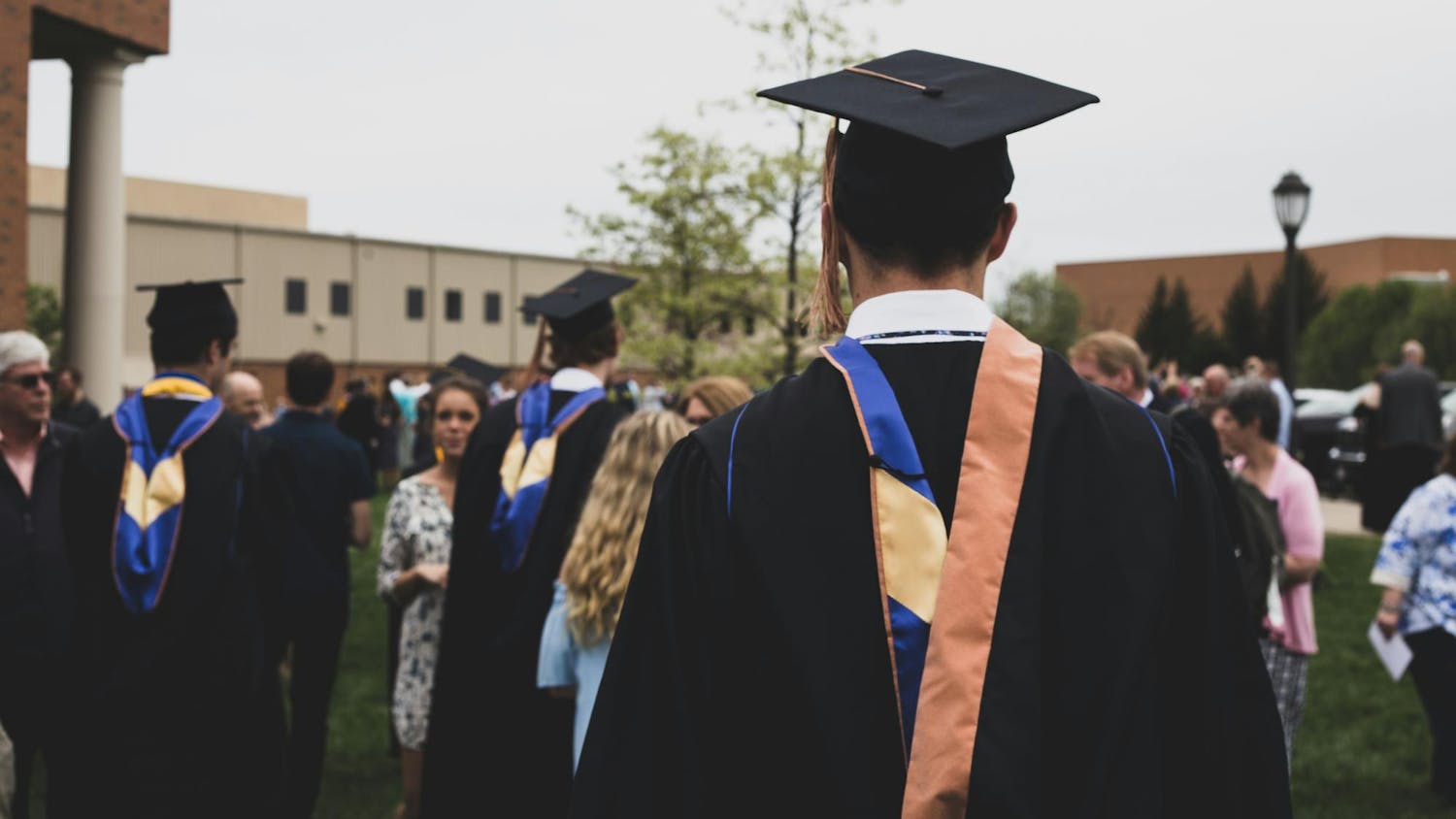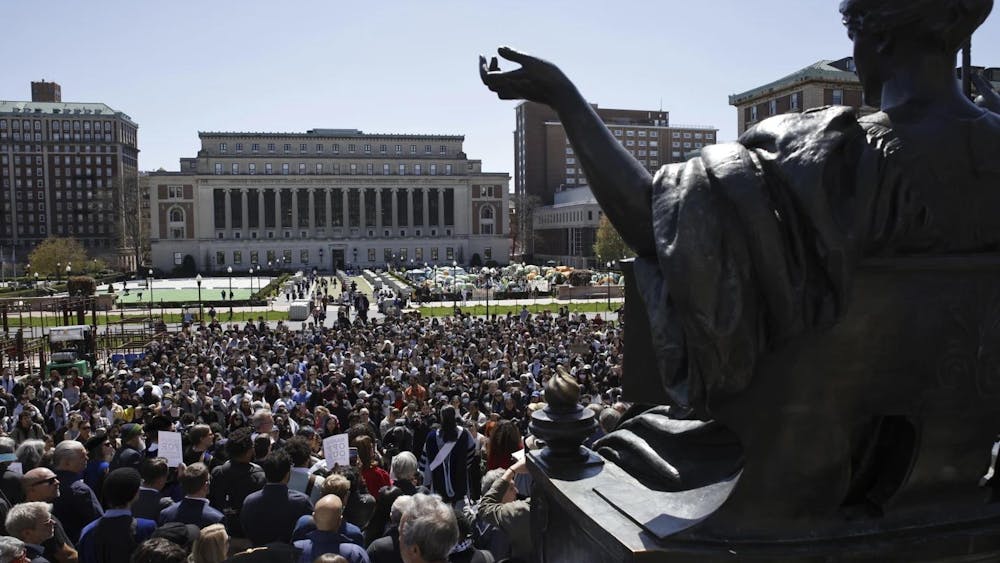In August 2003, then-University President Fr. Edward "Monk" Malloy finalized a 10-year strategic plan for the University to direct its development in the upcoming years.
Now roughly five years into the plan, the document is still evolving as University leaders continue to think ahead into the future, Executive Vice President John Affleck-Graves said.

Affleck-Graves said the document, "Notre Dame 2010: Fulfilling the Promise" was Malloy's vision for the University in the year 2010 and beyond. Although several priorities in the strategic plan have been altered because of the economic downtown, he said many goals in the report have been achieved.
"At the time you draft it, you are trying to guess how things will be 15 to 20 years later and things change in unexpected ways," Affleck-Graves said. "So now we are five years into the plan and [University President Fr. John Jenkins] has been undertaking a review of what we have done, what we need to do still and what we need to change."
The original strategic plan names research, residence and campus life, diversity in the faculty and student body and the University's Catholic identity as priorities as the University heads into the future.

Affleck-Graves said these focuses still remain central to the University, so the budget has been adjusted to build facilities for research and attract endowed faculty to Notre Dame.
Despite the past year's recession, Affleck-Graves said the University's faculty has been growing.
"The first thing is continuing to get outstanding faculty, and then it's providing an infrastructure of support for that faculty to do research," he said.
Since the plan was drafted, the University has added the new Law School, and the new engineering facility, Stinson-Remick Hall will be ready this year.
The University is waiting on funding for a Social Sciences building and a multidisciplinary research center.
"I think the faculty are absolutely essential to our teaching and research mission, so they are a very important priority for us," he said.
While strong faculty and state-of-the-art research facilities have been a steady focus since the original plan was drafted, Affleck-Graves said financial aid emerged as a high University budgetary priority in the past year.
"We're in a very difficult economic time and more of our students need financial aid and those that need it, need more," he said. "On the student side without a doubt that is one of our biggest priorities. We are still fully need-blind and committed to that."
Student priorities indicated in the 2003 plan are overcrowding in the dorms and the size of LaFortune Student Center.
"Relative to our own campus residency rate, LaFortune Student Center should be at least twice its current size," the plan said.
However, as new priorities have emerged and the economy has limited some funding, Affleck-Graves said plans for the construction of a new student center, originally slated to stand near Stepan Center, have been pushed to the side until the University can come up with the money.
The report also states a need to "alleviate overcrowding in the existing residence halls, accommodate undergraduate students in at least four new residence facilities."
Affleck-Graves said Ryan and Duncan halls were built in response to this concern, and the University is currently seeking funds to possibly build two other residence halls.
"We always have to reallocate; it's part of the process," he said. "The University is always responding to what we see is the greatest priority and we do change those and sometimes only some priorities get funded."
Along with the student and faculty focuses in the strategic plan, Affleck-Graves said Geddes Hall, the new center for the Institute for Church Life and Center for Social Concerns, is a visible sign of the commitment to the University's Catholic mission as stated in the plan.
"Geddes Hall is such a great feature of undergraduate life at Notre Dame. I think we feel really good about it," he said. "I think the University would like to feel that it's a very attractive place for the leading catholic scholars in the country to have as their academic home."
As the University is moving into the 2009-2010 school year, Affleck-Graves said Notre Dame has made good progress in developing the goals outlined in the report, but Affleck-Graves said the plan is just that: a plan, and leaders are constantly reassessing it.
"We've lived the plan and we're about halfway through," Affleck-Graves said. "It's an evolving, living document. We just kind of grow with the plan."












